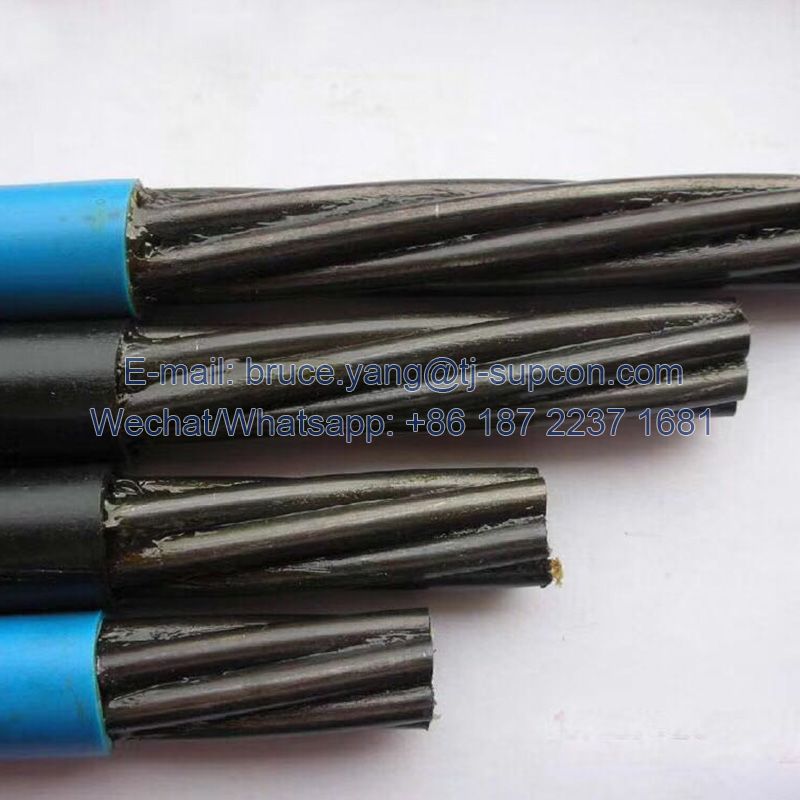Jul. 04, 2023
Minerals & Metallurgy
Introduction
Post tensioning is a widely used technique in the construction industry to enhance the structural strength and durability of concrete structures. It involves the application of tension to steel tendons within the concrete, which helps counteract the effects of applied loads and prevents cracking and deformation. While post tensioning offers numerous benefits, it is not without its challenges. In this comprehensive article, we will delve into the problem areas associated with post tensioning and explore potential solutions to overcome them.
Understanding Post Tensioning Failures
Post tensioning failures can occur due to a variety of reasons, ranging from design and construction errors to material and environmental factors. Identifying and addressing these problems is crucial for ensuring the long-term performance and safety of post tensioned structures. Let's examine some common issues encountered in post tensioning projects:
1. Improper Design and Execution
One of the primary causes of post tensioning problems is inadequate design and execution. Insufficient understanding of structural behavior, incorrect tendon layout, or improper selection of materials can lead to compromised performance and premature failure. It is essential to engage experienced professionals who possess the necessary expertise in post tensioning design and follow established industry standards.

2. Corrosion and Deterioration
Corrosion of post tensioning tendons is a significant concern that can undermine the structural integrity of a concrete element. Exposure to harsh environments, such as coastal areas with high salt content, can accelerate the corrosion process. Proper protective measures, such as the application of protective coatings or the use of corrosion-resistant materials, should be employed to mitigate this issue.
3. Anchorage Failure
The anchorage system plays a crucial role in transferring the applied forces from the tendons to the surrounding concrete. Failure of the anchorage system can lead to loss of tension and compromise the structural stability. Regular inspection and maintenance are essential to detect any signs of anchorage failure and take corrective measures promptly.
4. Construction Deficiencies
Inadequate construction practices, such as poor grouting, improper tendon placement, or inadequate curing, can significantly impact the performance of post tensioned structures. It is vital to adhere to proper construction techniques and quality control procedures to avoid these deficiencies.
Overcoming Post Tensioning Challenges
Addressing the problem areas associated with post tensioning requires a proactive and systematic approach. Here are some strategies that can help mitigate the challenges and ensure the success of post tensioning projects:
1. Thorough Design and Engineering
Investing in a well-designed post tensioning system is crucial to prevent future complications. Engaging qualified structural engineers and design professionals who have a deep understanding of post tensioning principles can ensure that the design meets the project requirements and complies with relevant codes and standards.
2. Quality Control and Testing
Implementing rigorous quality control measures during construction is paramount. Regular inspection and testing of materials, installation procedures, and grouting can help identify any deficiencies early on. Non-destructive testing techniques, such as ultrasonic testing and thermal imaging, can also provide valuable insights into the condition of post tensioned elements.
3. Proper Maintenance and Monitoring
Continuous monitoring and maintenance of post tensioned structures are essential for their long-term performance. Regular inspections, including visual inspections and monitoring of corrosion activity, should be conducted to detect any signs of deterioration. Prompt action should be taken to address any identified issues and prevent further damage.
4. Education and Training
Enhancing the knowledge and skills of professionals involved in post tensioning projects is crucial for improving the overall quality and safety standards. Continued education programs, workshops, and certifications can help individuals stay updated with the latest advancements and best practices in post tensioning.
Conclusion
Huayongxin Post tensioning offers numerous advantages in enhancing the structural performance of concrete elements. However, it is essential to be aware of the potential challenges associated with this technique and take proactive measures to address them. By investing in thorough design, implementing robust quality control measures, ensuring proper maintenance, and promoting education and training, the industry can overcome the problems with post tensioning and build more resilient structures.
Previous: Exploring Galvanized Welded Wire Mesh: Construction and Composition
Next: Welded Wire Mesh Panel: Enhancing Strength and Security
If you are interested in sending in a Guest Blogger Submission,welcome to write for us!
All Comments ( 0 )